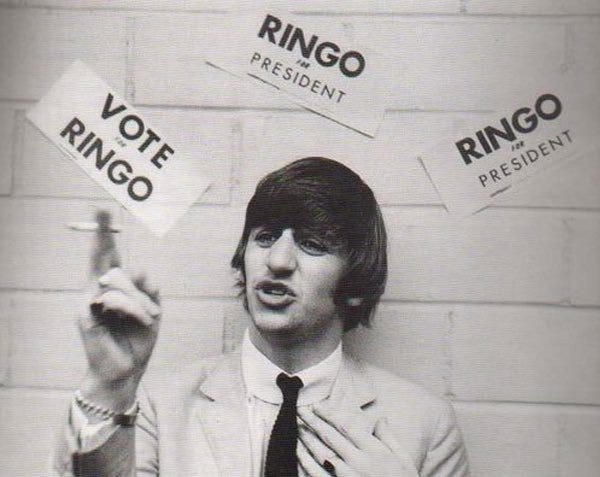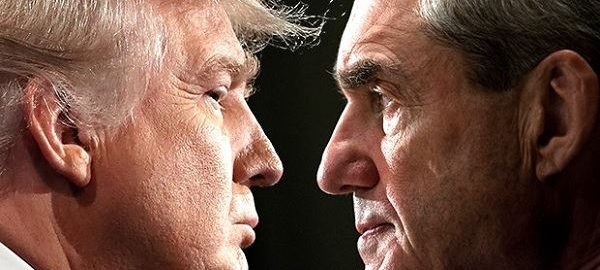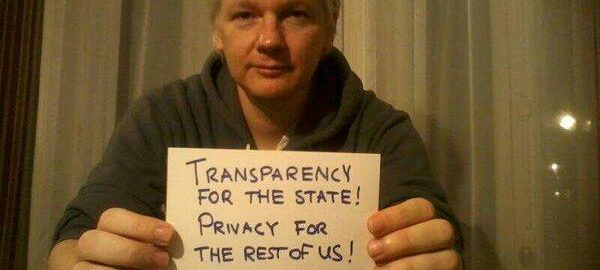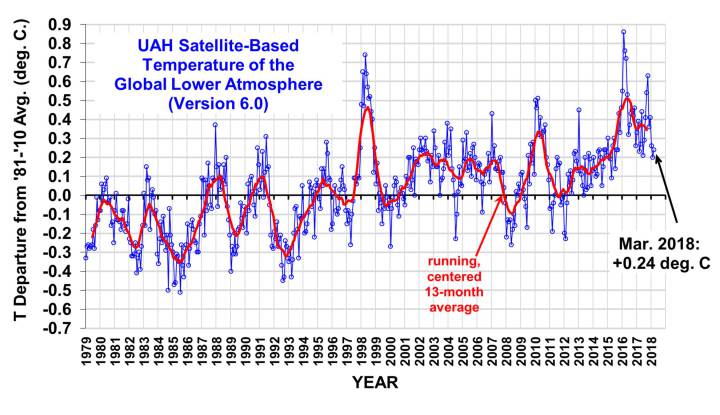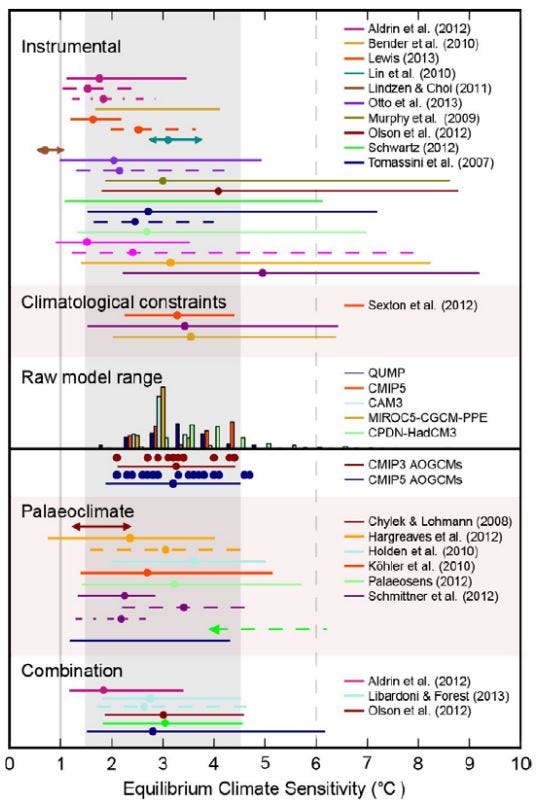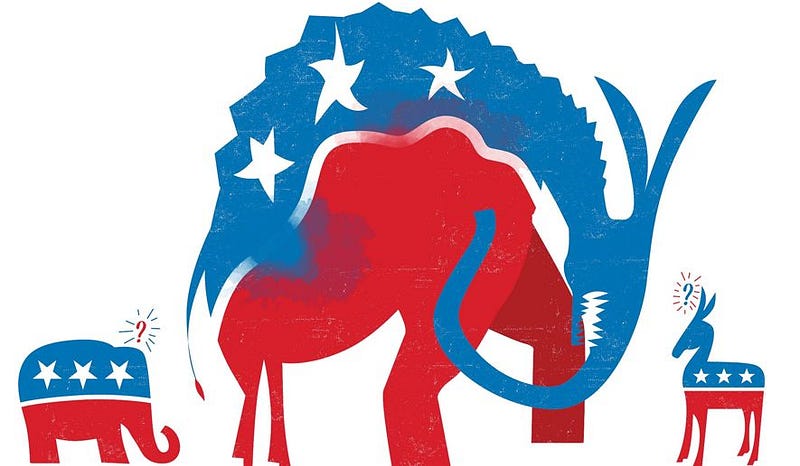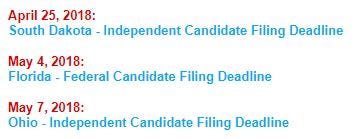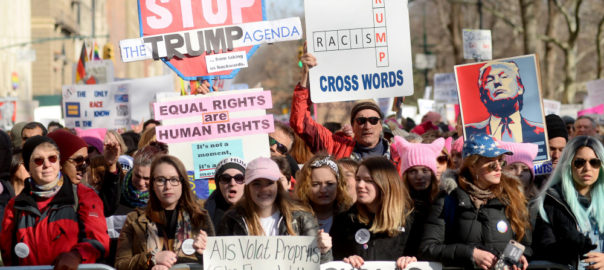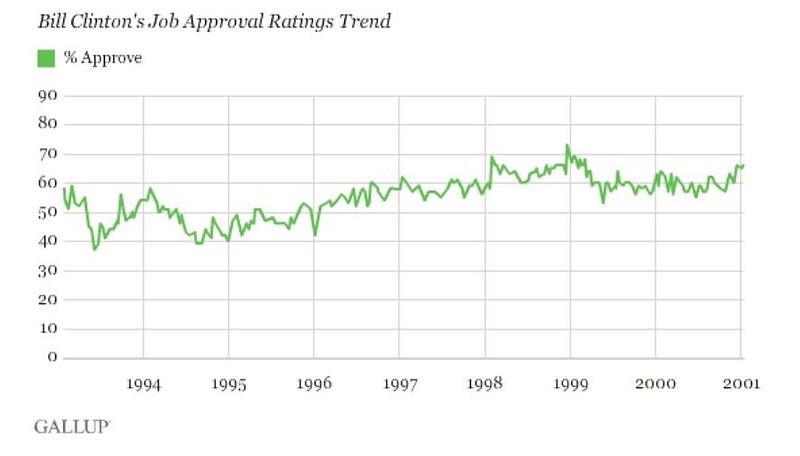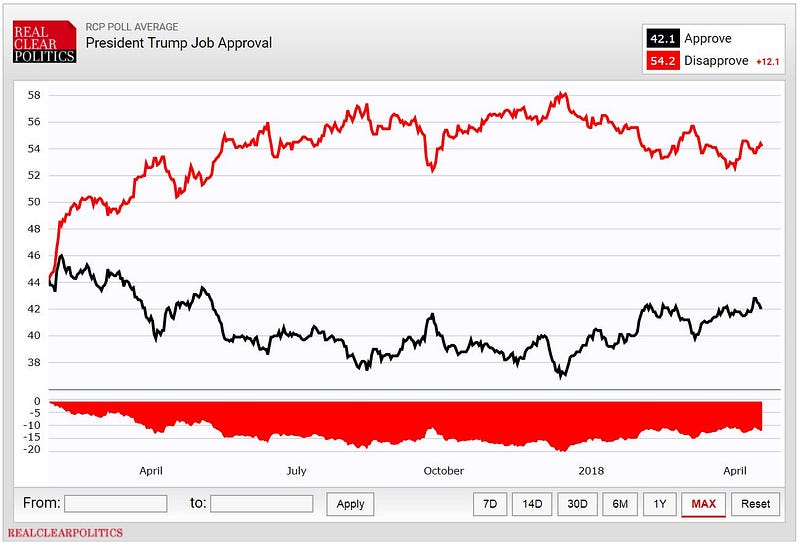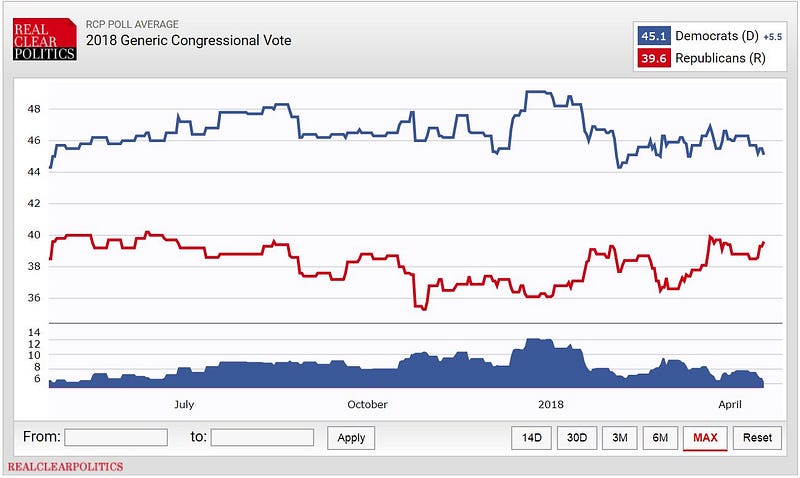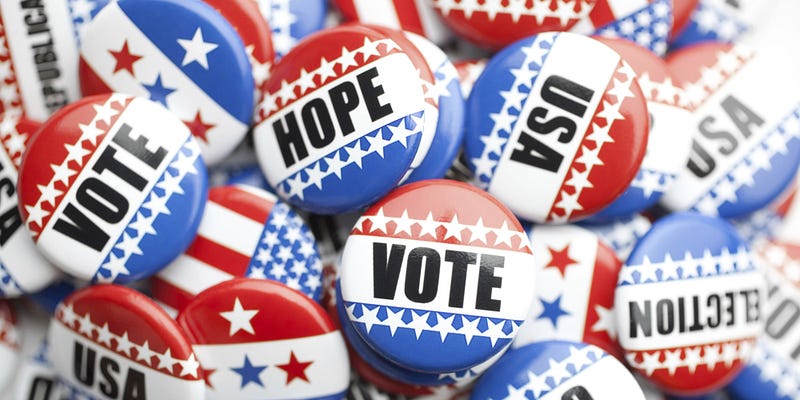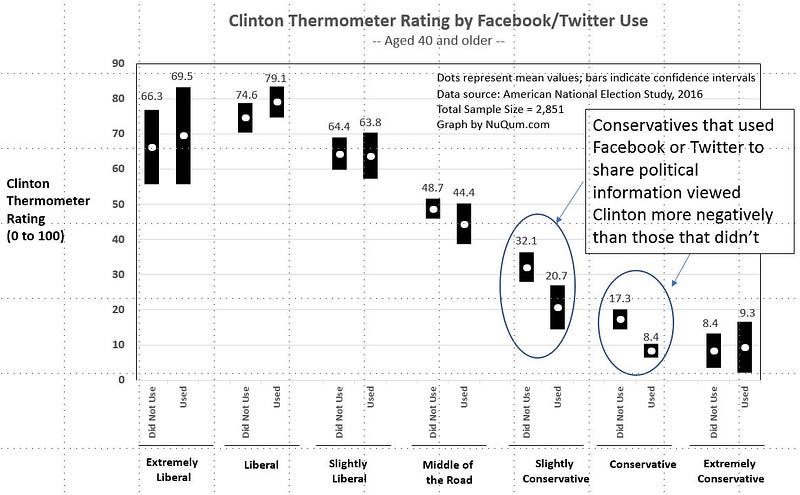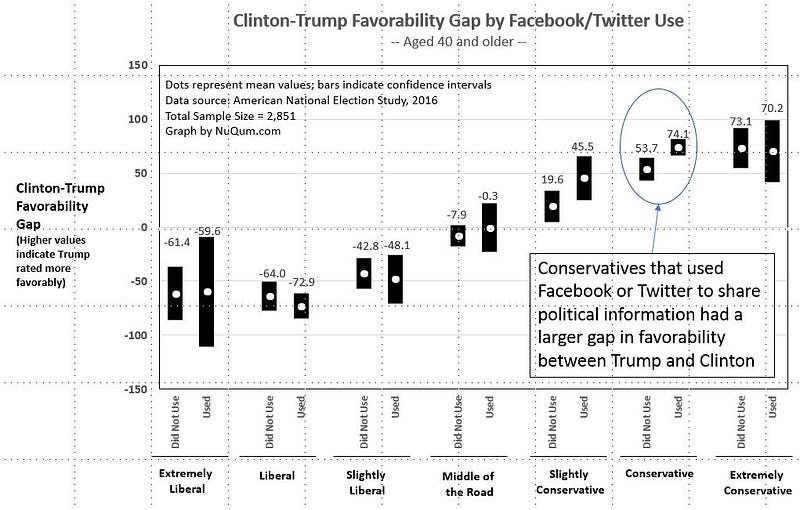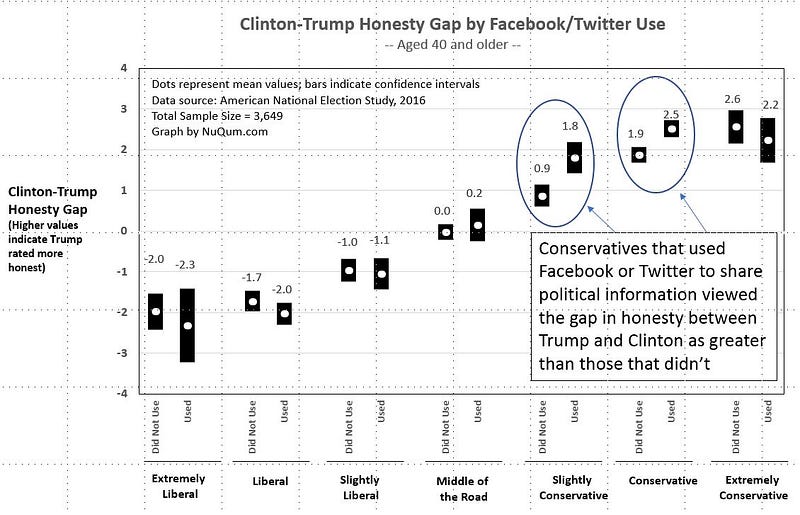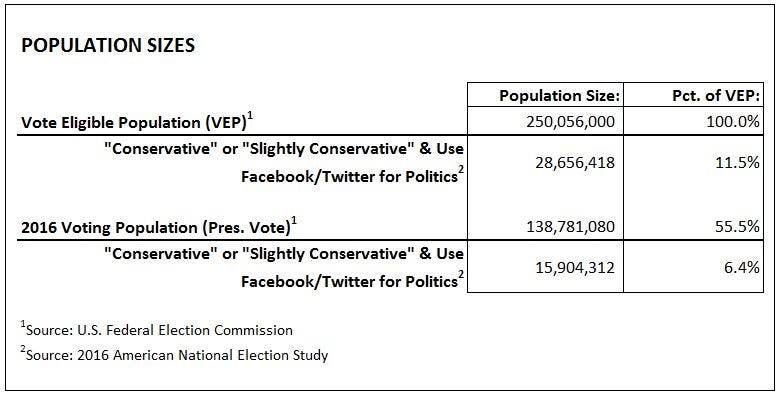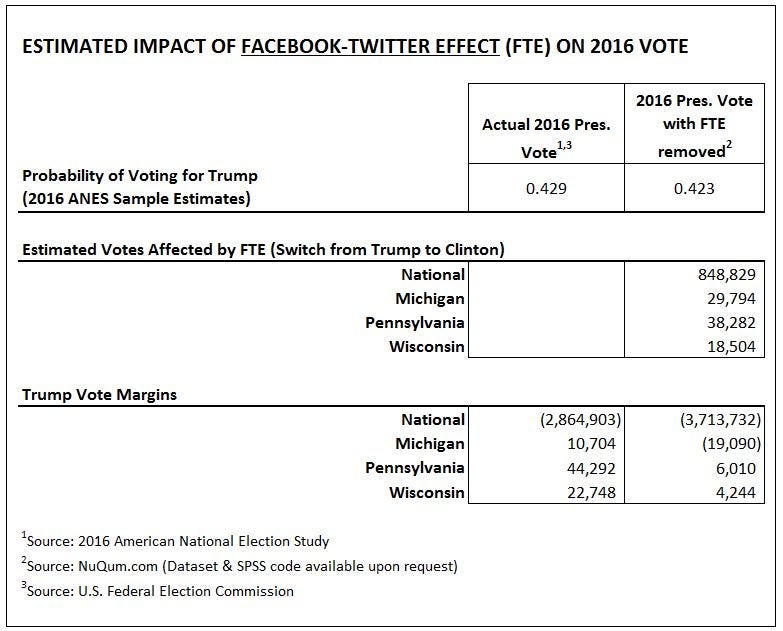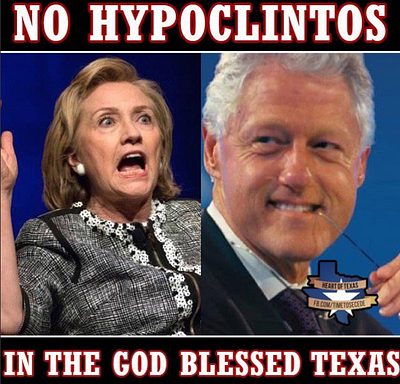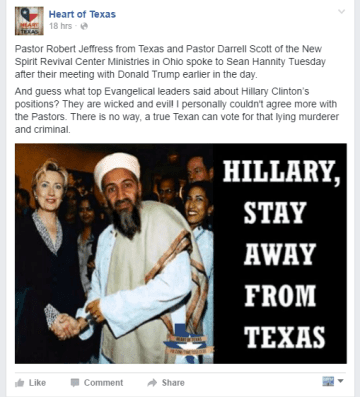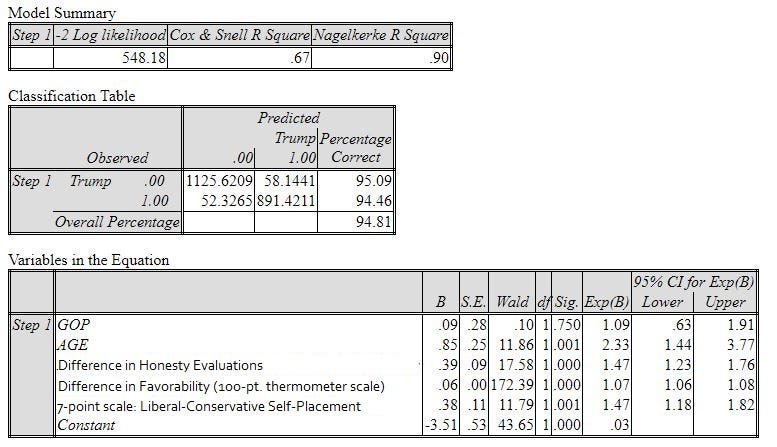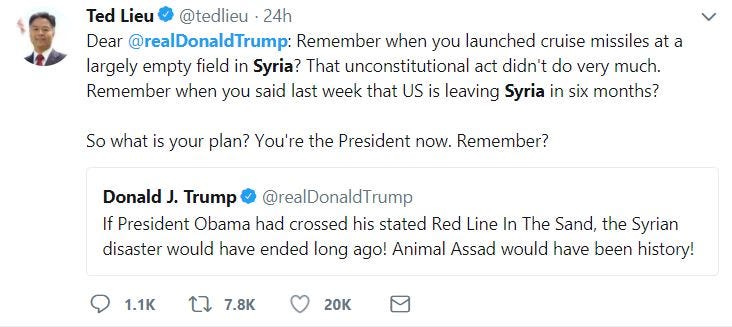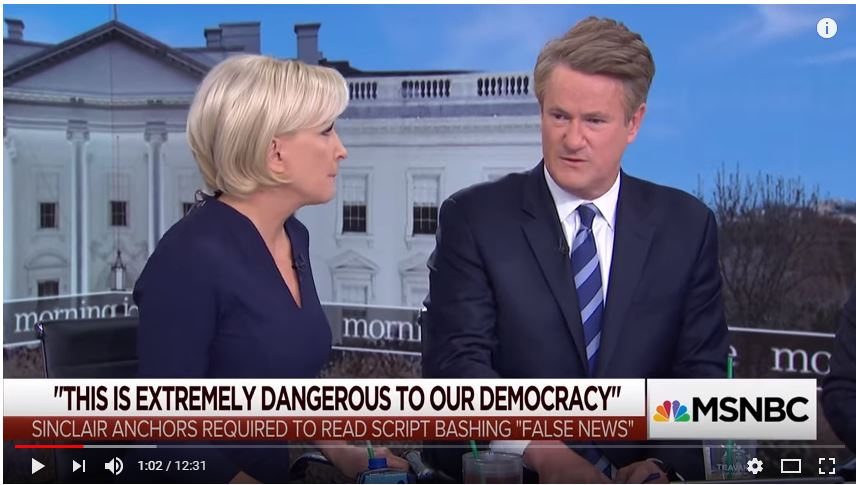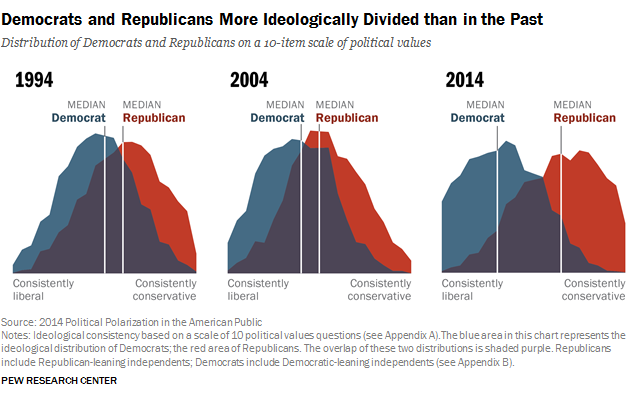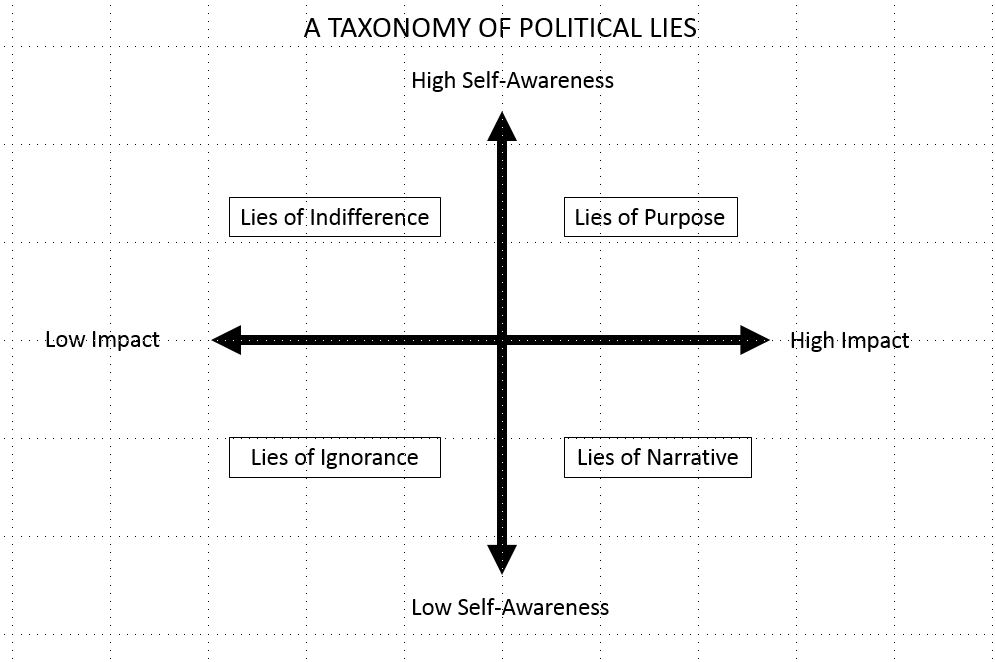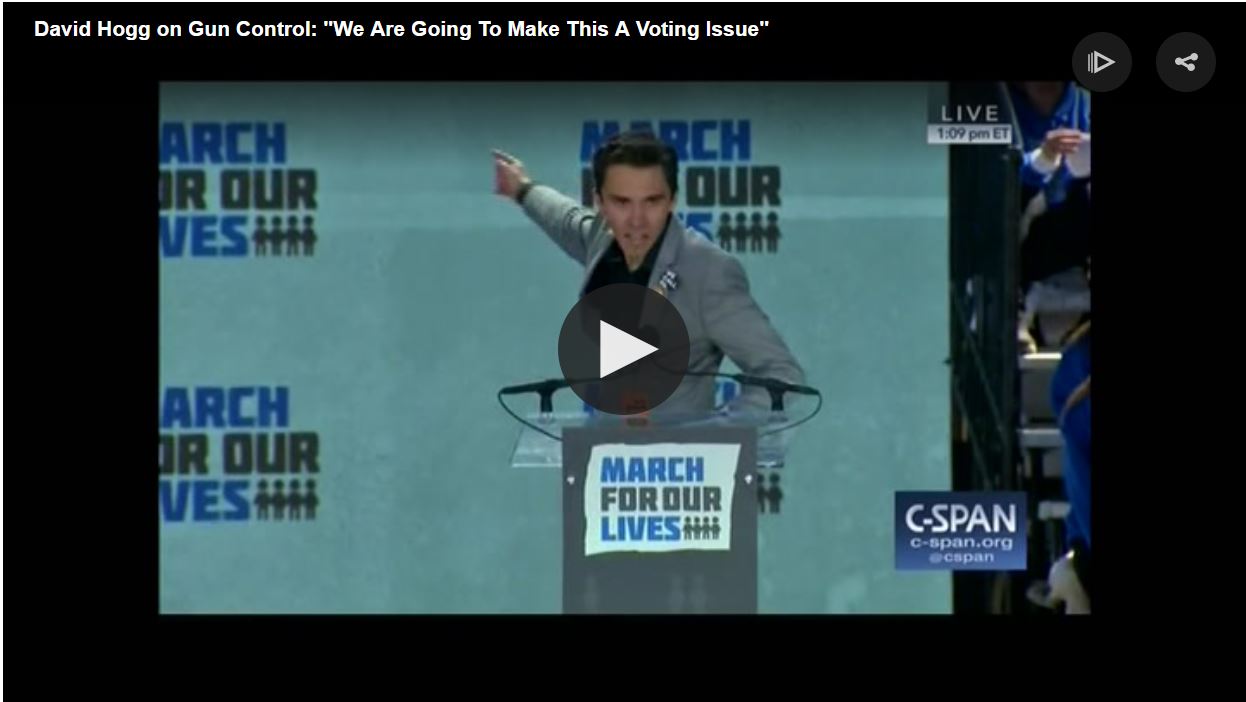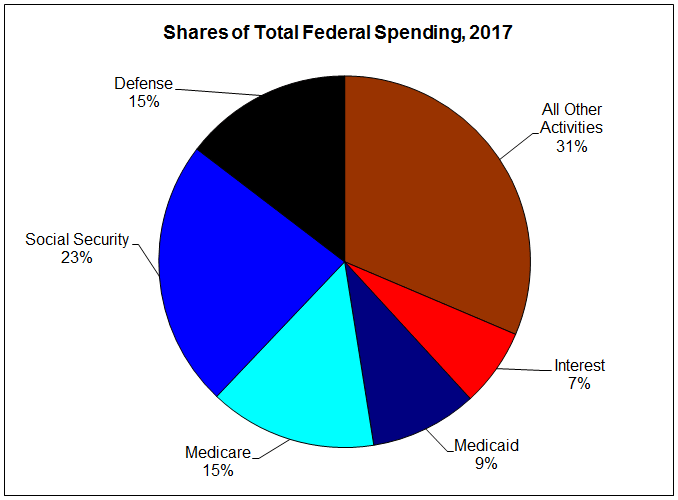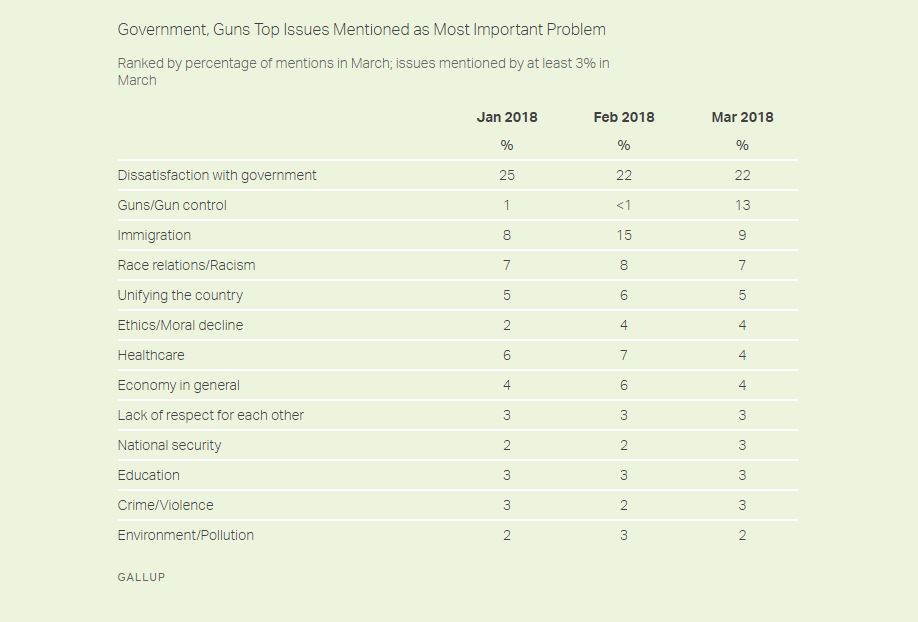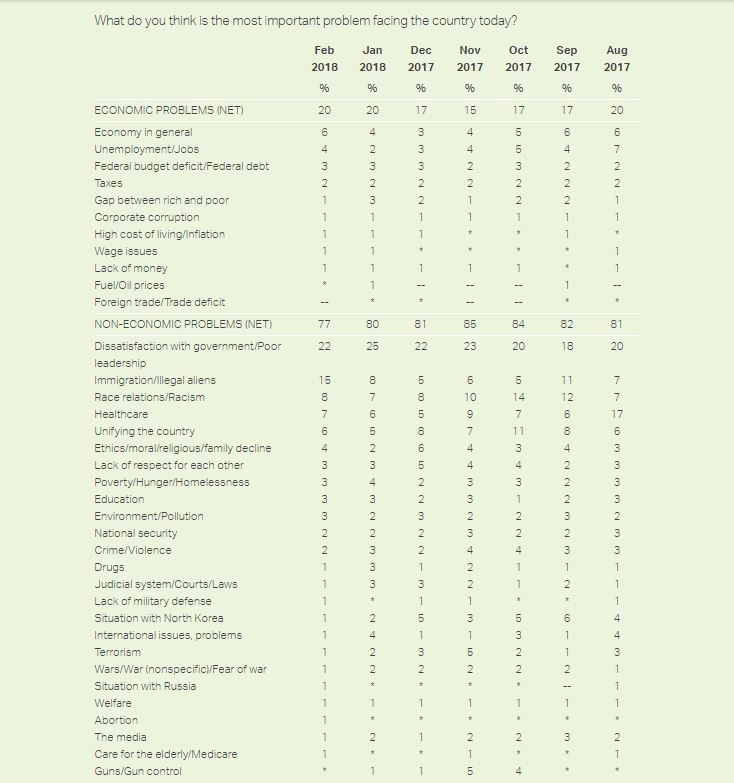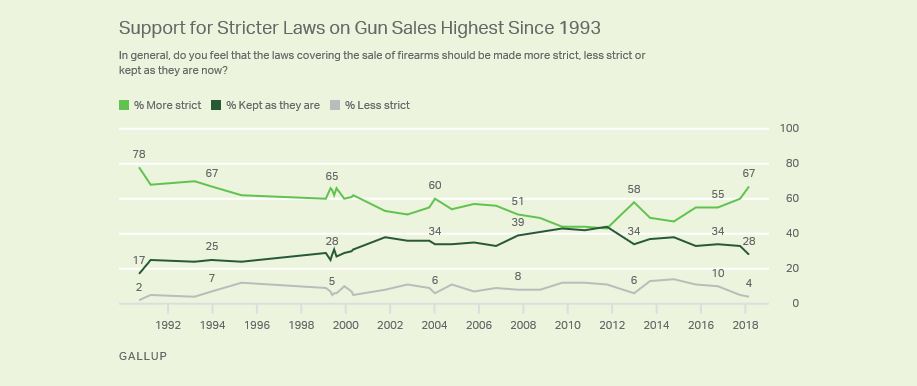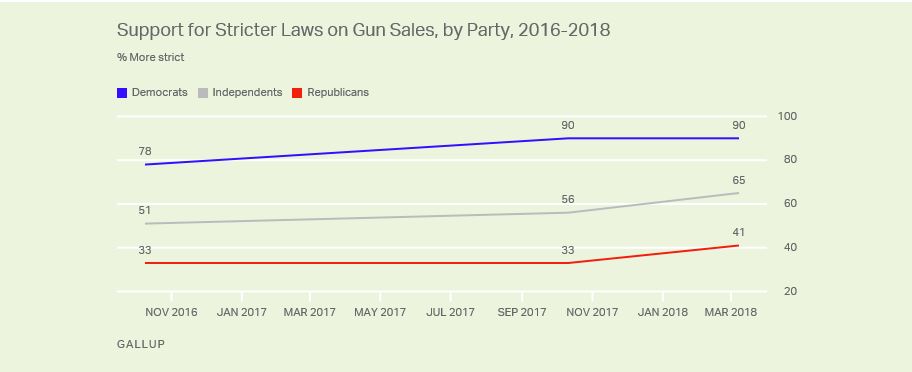By Kent R. Kroeger (Source: NuQum.com, May 30, 2018)
If there are any civil libertarians left in the Democratic Party who still believe the state’s propensity towards excessive intrusion into citizens’ lives must be constantly challenged, this essay is addressed to you:
Here is a thought exercise that may shed some light on what the Barack Obama administration should have done during the 2016 presidential election…
Rather than what we know (or think we know) about how the Russians interfered in the 2016 election, what if this had happened instead:
Imagine that in the early Spring of 2016, the FBI became aware of a Hillary Clinton campaign effort to discover compromising information about Donald Trump and his financial interactions with the Russians. In their pursuit of “dirt” on Trump, Clinton campaign operatives came into contact with known Russian intelligence agents. There is even anecdotal evidence that the Russians have kompromat on Hillary Clinton arising from their hacking of her homebrew e-mail server.
What would the FBI do in such a situation? What would Obama’s Department of Justice (DoJ) have done under such a scenario?
Most likely, they would have selectively shared their information with Clinton and perhaps her senior staff about what they knew regarding Russia’s contact with campaign operatives— as their primary concern would be protecting the interests of the U.S. and its electoral system.
Would they have run an FBI intelligence gathering operation using a paid informant against the Clinton campaign.
I seriously doubt it, but according Harvard Law Professor Alan Dershowitz, were the FBI to do that, he would hope they would first inform candidate Clinton and take their chances that she wouldn’t divulge the FBI operation to the targeted individuals.
But I disagree to this extent. An administration is treading into some dangerous territory when they conduct any surveillance or intelligence gathering on an opposition party candidate for president.
Had the Clinton campaign’s effort to find ‘dirt’ on Trump led them to some suspicious connections to Russian intelligence operatives, based on the investigation standards I saw applied while working in an intelligence community Office of the Inspector General, I believe the Obama administration would have notified the candidate and her senior staff and discussed future steps should the inappropriate contacts continue.
Why do I believe this?
First, they would have understood the effort to find “dirt” on Trump as defensible, even if potentially reckless. But an objective FBI and DoJ isn’t concerned about the partisan politics of the situation. They are concerned with the integrity of the nation’s electoral process.
As South Carolina Representative Trey Gowdy and Florida Senate Marco Rubio, both Republicans, have both recently said about the FBI’s using an informant to collect intelligence from Trump campaign operatives, the FBI is doing its job when it investigates foreign power intrusions into our electoral process.
But not informing candidate Trump, particularly given rumors known to the FBI that the candidate might be subject to blackmail by the Russians, is highly questionable and fails to mitigate a potentially active threat against the U.S.
Second, had it been the Clinton campaign in contact with Russians, the Obama administration would trust the candidate Clinton enough to expect direct answers to questions about interactions with the Russians.
Third, a “secret” investigative operation would take time and the electoral calendar would have driven the investigation’s timeline. The Obama administration would want the investigation resolved before the Democratic Convention in late July, such that, if the candidate’s campaign was truly compromised by Russian intelligence agents, the Democrats would have an opportunity to nominate someone else.
That is a ‘political’ consideration, but not inherently a partisan one. You would hope the Obama administration would have used the same consideration with the Trump campaign.
That is the common sense reaction the Obama administration should have to Russian interference with a presidential campaign, regardless of the party involved.
But, we know from Chuck Ross’ reporting for The Daily Caller, that is not how the Obama administration reacted to suspicious activities by the Trump campaign.
The FBI, under Obama, initiated a secret intelligence gathering operation on selected Trump campaign advisers — presumably in an effort to understand the extent of Russia’s interference in the 2016 election — weeks prior to an official counterintelligence investigation into Russia-Trump collusion.
Even if using an FBI-paid informant against the Trump campaign was justified on national security grounds, Gowdy and Rubio have suggested, it is not appropriate for the FBI to use partisan political factors in deciding how to execute such an intelligence operation.
The news media’s focus on Trump’s supposed ‘lying’ distracts from the real question: Were partisan motives involved?
The major news outlets have decided Trump was “lying” when he tweeted that the FBI was spying on his campaign in July 2016.
Such a charge is utterly dishonest. In fact, the charge is more of a lie than what Trump accused the FBI of doing against his campaign.
Please read the public laws, regulations and executive orders that established our intelligence agencies (The Office of the Director of National Intelligence provides them all in one document available here). You will never see the word “spy” or “spying” as it is simply not a term the U.S. government uses to describe what its intelligence agencies do for the country.
It is understandable why. “Spying” has obvious negative connotations. Subsequently, in writing the laws and regulations authorizing our intelligence agencies, the term ‘intelligence’ became the operative phrase.
The word ‘spy’ has no official, government-sanctioned definition.
Nonetheless, the word ‘spy’ is a colloquial term we’ve all used to describe a wide range of behaviors. For example, I spy on my son all the time to see what games he’s been playing or websites he’s visited on his cellphone.
Hence, Donald Trump’s use of the word “spying” to describe what the FBI did with respect to his campaign is with some merit, even if imprecise.
The news media’s accusations that Trump ‘lied’ about FBI ‘spying’ distracts from the far more important question of whether the FBI was politically motivated when it decided to use a ‘secret informant’ to casually interview Trump campaign advisers about their connections to the Russians.
An independent, inquisitive news media would demand an answer.
Not ours.
And why should they? It’s not like this hasn’t happened before.
Before Obama, another incumbent administration spied on an opposing party’s presidential campaign. In The Wall Street Journal, Lee Edwards shares his experience with how Lyndon Baines Johnson’s administration spied on the Barry Goldwater campaign.
As reported by RealClearPolitics.com, this is what supposedly happened:
“During the 1964 presidential campaign, President Lyndon B. Johnson ordered the FBI to spy on Barry Goldwater’s campaign, according to Lee Edwards, a Heritage Foundation fellow and director of information for the Goldwater campaign…
…Every poll pointed toward Johnson winning the election against the conservative senator of Arizona, but LBJ wanted to win by a landslide so he could implement his Great Society vision without restraint. He also wanted to go down in history as one of America’s greatest presidents, Edwards writes in The Wall Street Journal. So he created an “Anti-Campaign” to smear Goldwater’s candidacy, Edwards claims…
…According to Edwards, the operation was run out of the second floor of the West Wing by veteran Washington-based Democrats like Leonard Marks, who later became the director of the U.S. Information Agency, and Daniel Patrick Moynihan, then an assistant secretary at the Department of Labor and later a U.S. senator for New York. Marks and Moynihan would schedule Democratic speakers before and after Goldwater’s appearance in a city. They knew his travel plans and remarks in advance thanks to a spy the CIA planted at Goldwater headquarters, Edwards claims…
…The “Anti-Campaign” went as far as to enlist the FBI, even though the bureau is supposed to limit its investigations to people and institutions considered dangerous to national security, Edwards writes. The FBI arranged for widespread wiretapping of the Goldwater campaign, according to Edwards, and Johnson also illegally ordered the FBI to conduct security checks of Goldwater’s Senate staff.”
It was unethical then, but why is it OK now?
The Washington Post created a detailed timeline of the relationship between known Trump campaign comments related to “hacked Clinton emails” and the release of the DNC and Podesta hacked emails (Their analysis can be accessed here).
One justification of the Robert Mueller investigation into collusion between the Trump campaign and the Russians is the documented knowledge that the Trump campaign actively sought “dirt” on Hillary Clinton.
There is no doubt the Trump campaign sought Hillary Clinton’s 30,000 plus deleted emails.
What The Washington Post and the other major media outlets don’t seem to understand is that it is not inherently illegal for a U.S. presidential campaign to seek the “hacked” emails of an opposing campaign, assuming they didn’t conspire, aid and abet, or hide the crime.
In Summer 2016,Trump and campaign adviser Roger Stone were publicly calling for Wikileaks to publish the Clinton-related e-mails hacked in all likelihood by the Russians. That is hardly ‘hiding’ the hacking crime.
Yet, the Obama administration decided the Trump campaign’s knowledge of the supposed whereabouts of Clinton’s 30,000 deleted emails was sufficient to collect intelligence on the Trump campaign using a paid, secret informant.
Based on Gowdy, Rubio and Dershowitz’ opinions, perhaps it was sufficient evidence to use a secret informant, but would Obama have initiated a similar intelligence operation against the Clinton campaign?
That is the question that should animate the American news media today, instead of accusing the president of “lying” about spying against his campaign.
- K.R.K


